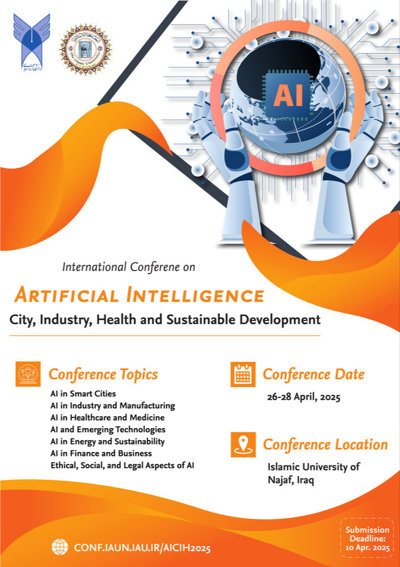0% Complete

نویسندگان :
کلمات کلیدی :
چکیده :
لیست مقالات بایگانی شده
Amin Aslanzadeh Moghanjooghi - Mahdi Mazloomi - Mohammad Asgari - Mohammad Sadegh Mehrabikia
محسن دلفانی - حمیدرضا بهمنی
Shokoufeh Rasan - Zahra Alaei Vernosfaderani - Mehdi Riahinasab - S. Mohammadali Zanjani
Amirhossein Ghaemipour - Habib Rajabi Mashhadi - Seyed Hossein Mostafavi
Fatemeh Alimoradi - Zahra Alimoradi - S. Mohammadali Zanjani - Ghazanfar Shahgholian
Masoud Raei - Mahsa Khajeh - Mehdi Abdolmaleki
Arezoo Vasili - Hamid Reza Nikyar - Ramtin Akbari
سعید جعفری - نجمه چراغی شیرازی


